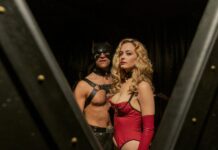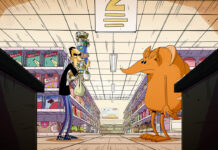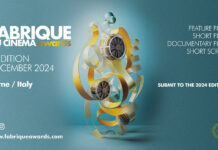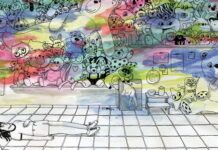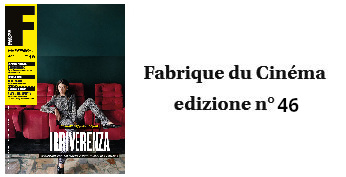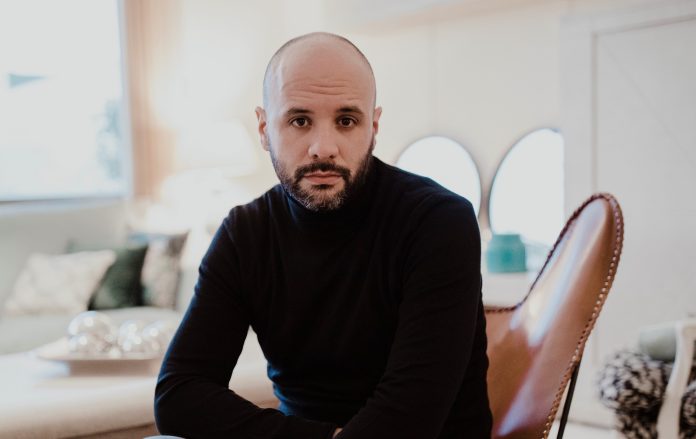
Lopez Del Espino, classe 1985, è un giovane scultore spagnolo di fama internazionale che, fra l’altro, in Francia ha ottenuto la medaglia d’argento al merito delle Belle Arti. La sua arte ricca di soggetti religiosi prende le mosse dalla spiritualità della sua terra natia, l’Andalusia. Ad ispirarlo però è anche il cinema, al quale progetta di dedicarsi per ampliare le sue possibilità espressive.
Lopez Del Espino, born in 1985, is a young sculptor of international fame. His religious art is inspired by the spirituality of his homeland, Andalusia. Cinema inspires him as well and he would not mind being able to work with it, to broaden his expressive possibilities. He was awarded the Silver Medal of Merit in Fine Arts in Paris in 2016.
Cosa ti ha spinto ad avvicinarti alla scultura?
Fin da bambino ho sempre avuto una certa inclinazione per l’arte. Mi piaceva disegnare e passavo le giornate a dipingere. A dodici anni fortunatamente ho scoperto la scultura e da quel momento il mio desiderio è stato esclusivamente quello di diventare uno scultore. Era un talento che sentivo innato dentro di me.
What prompted you to approach sculpture?
Since I was a child, I’ve always had a certain inclination towards art. I enjoyed drawing, I spent the day painting and, luckily, when I was twelve, I discovered sculpture. From that moment on, I focused all my desires on becoming a sculptor, and I found out that it’s a talent I was born with.
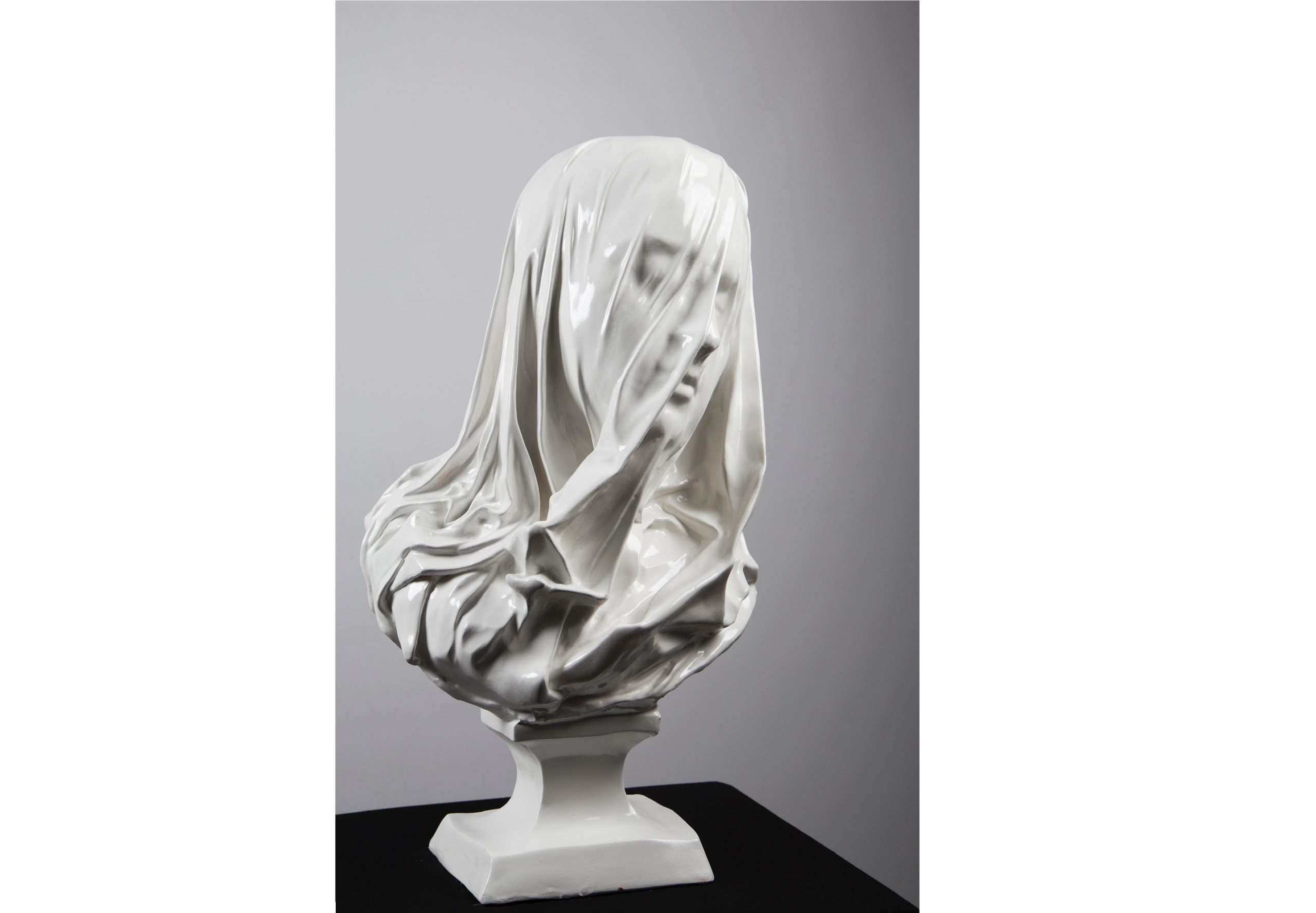
Trattare temi religiosi oggi potrebbe essere considerata una scelta anacronistica per un giovane artista, invece nel tuo stile c’è una grande innovazione che guarda al futuro. Da dove deriva il tuo interesse per la religione e le immagini religiose?
Lo devo al luogo dove sono nato, l’Andalusia, nel sud della Spagna, che ha radici religiose molto importanti. Ad esempio, la Semana Santa (Settimana Santa) qui è vissuta intensamente, ed io sono cresciuto in tutto questo. Se fossi nato in un’altra città la mia arte sarebbe stata probabilmente meno influenzata dalle immagini religiose e sarei uno scultore diverso. Oggi invece quello che faccio è contrapporre il mio background religioso e le altre correnti artistiche più avanguardistiche che ho conosciuto in seguito ai miei studi professionali.
Dealing with religious subjects, today could be considered an anachronistic choice for a young artist. Instead, your style, comprises great innovation that looks to the future. What is the basis of your interest in religion and religious images?
I owe this to my birthplace, Andalusia, in the south of Spain, because it has very important religious roots. For instance, the Semana Santa (Holy Week) here is lived deeply, and it’s something I feel connected to. If I had been born in another city, my art would probably be less influenced by religious images, and I might have become a civil sculptor. So my art is a juxtaposition of my religious background, I would say, and the other more avant-garde artistic currents that I studied professionally.
Le espressioni e i sentimenti che danno vita alle tue sculture sembrano voler raccontare qualcosa in più. Quanto è importante per te il realismo nella resa artistica?
Io sono uno scultore figurativo, tuttavia in alcuni lavori sono voluto andare oltre con l’anatomia e l’espressione. Alla fine, non importa quanta anatomia conosci e quanti libri hai studiato, il modo migliore per imparare e rappresentare un argomento è attraverso il lavoro dal vivo. Non mi piace l’arte tiepida e banale, quindi cerco sempre di appassionarmi a quello che faccio e a concentrarmi su ciò che sento con le mani mentre scolpisco. Voglio rappresentare l’essere umano nei suoi momenti più profondi, non si tratta solo di rappresentare l’anatomia di un corpo, ma anche l’anima della persona.
The expression, the feelings that make your sculptures come alive, want to tell something more. How important is the realism of artistic rendering to you?
You can see through my work that I am a figurative sculptor. However, in certain works, I aimed to go further with anatomy and expression. At the end, no matter how much anatomy you know, and how many books you’ve studied, the best way you can learn and represent a subject is through a live model. I do not like lukewarmness in art, so I try to be passionate about what I do and what I feel through my hand when I am sculpting. I feel that I must represent the human being in its deepest moments – it is not only about representing anatomy but also, on many occasions, about capturing the essence of the person.
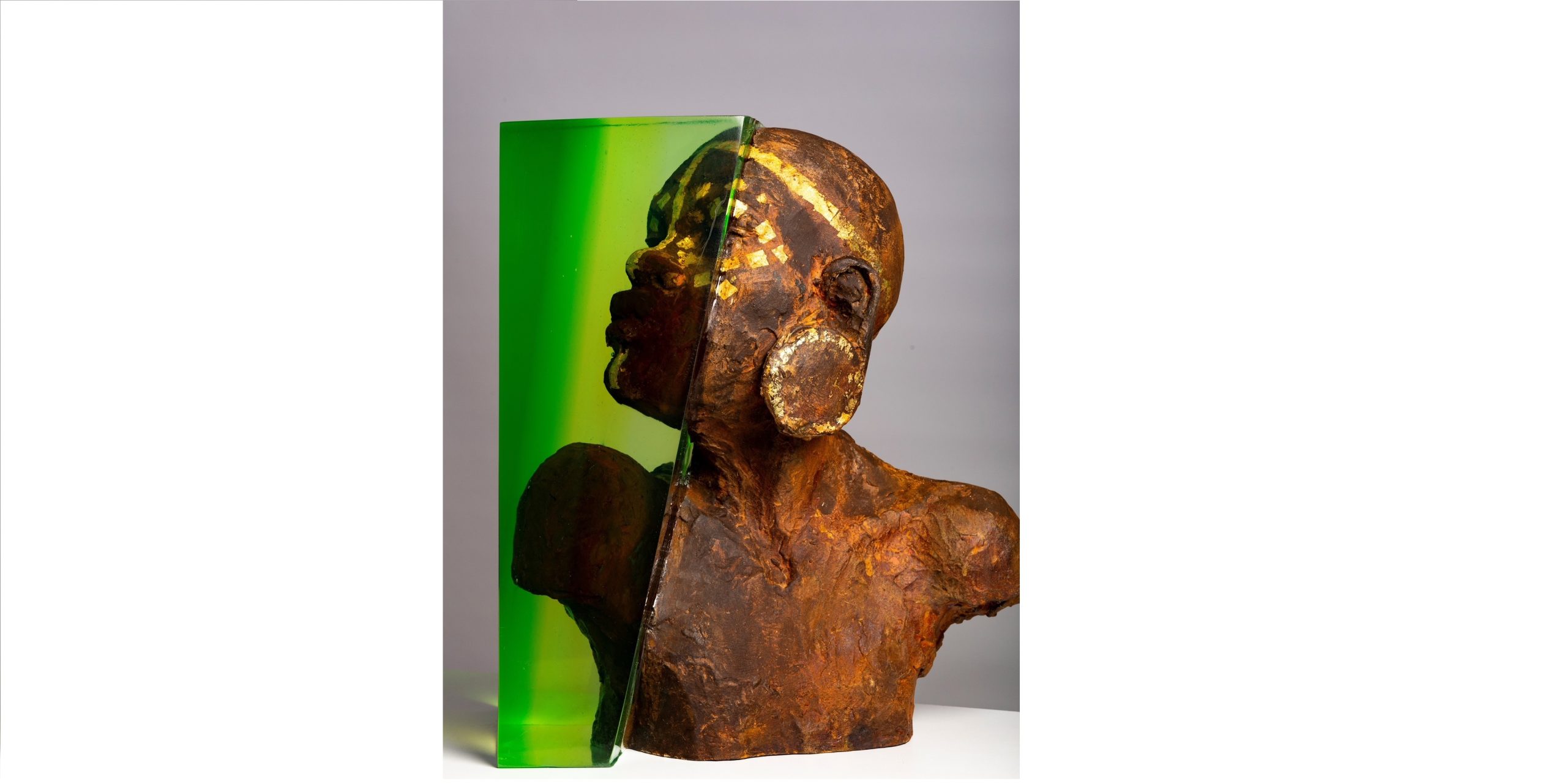
Che rapporto hai con il cinema? Ci sono film che hanno influenzato il tuo percorso?
Ci sono state cose che avrei voluto rappresentare, ma la scultura, come forma artistica, non è stata all’altezza, non me lo ha permesso. La musica e il cinema sono media che ti permettono di creare atmosfere e attimi che la scultura non può raffigurare. Mi dispiacerebbe poter intraprendere un’altra carriera artistica per poter dare libero sfogo a tutte le sensazioni che musica e cinema mi trasmettono. Per molti motivi, il mio film preferito e quello che mi ha influenzato di più è Il Padrino.
What does cinema mean to you? Are there any films that have influenced your path?
I have said, on many occasions, that there have been things that I wanted to represent, but sculpture fell short. Music and Cinema are media that would allow you to create the atmosphere and moments that sculpture cannot do. I would like to be able to develop another career apart from sculpture to be able to give free rein to all the feelings that music and cinema can open for me. In many ways, my favourite movie and the one that has influenced me the most is The Godfather.
Quali sono i tuoi progetti futuri? Cosa rappresenta per te l’Italia?
Quest’anno, dobbiamo consegnare circa sette diverse opere: una in Spagna, una nella Repubblica Dominicana, un’altra per il Messico. Anche l’anno prossimo saremo carichi lavoro: mostre a Madrid, Parigi e New York. Per quanto riguarda l’Italia, per me è la madre di tutte le ispirazioni, maestra e culla dell’arte. Passando per le sue strade, visitando le sue chiese, i suoi quartieri, gli angoli, le terrazze e i musei… è il paese più stimolante che conosco. Amo la sua storia, i suoi artisti sono il mio riferimento. L’Italia è il luogo dove mi sarebbe piaciuto nascere, dopo la Spagna.
What are your future projects? What does Italy represent for you?
This year, 2022, we have to deliver about seven different works of sculpture: a monument in Spain, in the Dominican Republic and another monument for Mexico. Next year we are also busy with a lot of work – we have exhibitions in Madrid, Paris and New York. Italy is a mother of inspiration, a teacher and the cradle of art. Walking its streets, visiting its churches, its neighbourhoods, corners, terraces and museums… it’s the most inspiring country I know. I am a lover of its history, and its artists are my reference. For me, Italy is the place where I would have liked to be born, after Spain.
Traduzione a cura di David Scicluna for @successinenglish.eu












